Invited lecturers
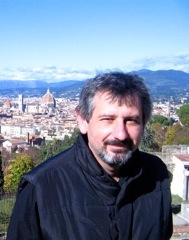
Stefano Bagnulo
Armagh Observatory and Planetarium
Prof. Bagnulo routinely uses imaging and spectropolarimetric techniques for a wide range of astronomical applications, including the detection and modelling of stellar magnetic fields, the study of the Earth atmosphere, and the characterisation of the surfaces of the atmosphereless bodies of the Solar System. He is familiar with the operation of several astronomical polarimeters, and in particular, as a user, he has helped to improve the characterisation of the polarimetric modules of the FORS instrument of the ESO VLT and of the ISIS instrument of the William Herschel Telescope. He has studied at the University of Florence and at Queen’s University Belfast, and has been working at the University of Vienna and at the ESO VLT in Chile as a member of the Paranal Science Operations Team. He is currently staff astronomer at the Armagh Observatory and Planetarium in Northern Ireland.

Irina Belskaya
Institute of Astronomy, Kharkiv National University
Prof. Belskaya is a head of the Department at the Institute of Astronomy of the Kharkiv V. N. Karazin National University, Ukraine. Her research work is focused on investigation of physical properties of small Solar system bodies from near-Earth asteroids to transneptunian objects. She has many-years expertise in optical polarimetric observations of atmotsphereless small bodies and their interpretation mainly based on laboratory polarimetric measurements of meteorites and other analogs. Irina Belskaya has initiated several long-term observational programs on polarimetric study of asteroids, Trojans, centaurs and transneptunian objects using moderate and large-size telescopes around the world. Among key results there are discovery of asteroids with peculiar polarimetric properties, pioneering studies of the spectral dependence of linear polarization for the asteroids, first constraints on surface texture of centaurs and transneptunian objects based on polarimetric observations. She is a co-author of the book “Polarimetric remote sensing of Solar System objects” (2010) and principal author of the chapters on asteroid and TNO polarimetry in „The Solar system beyond Neptune” (2009) and „Asteroids IV” (2015) books of the University of Arizona Space Science Series.
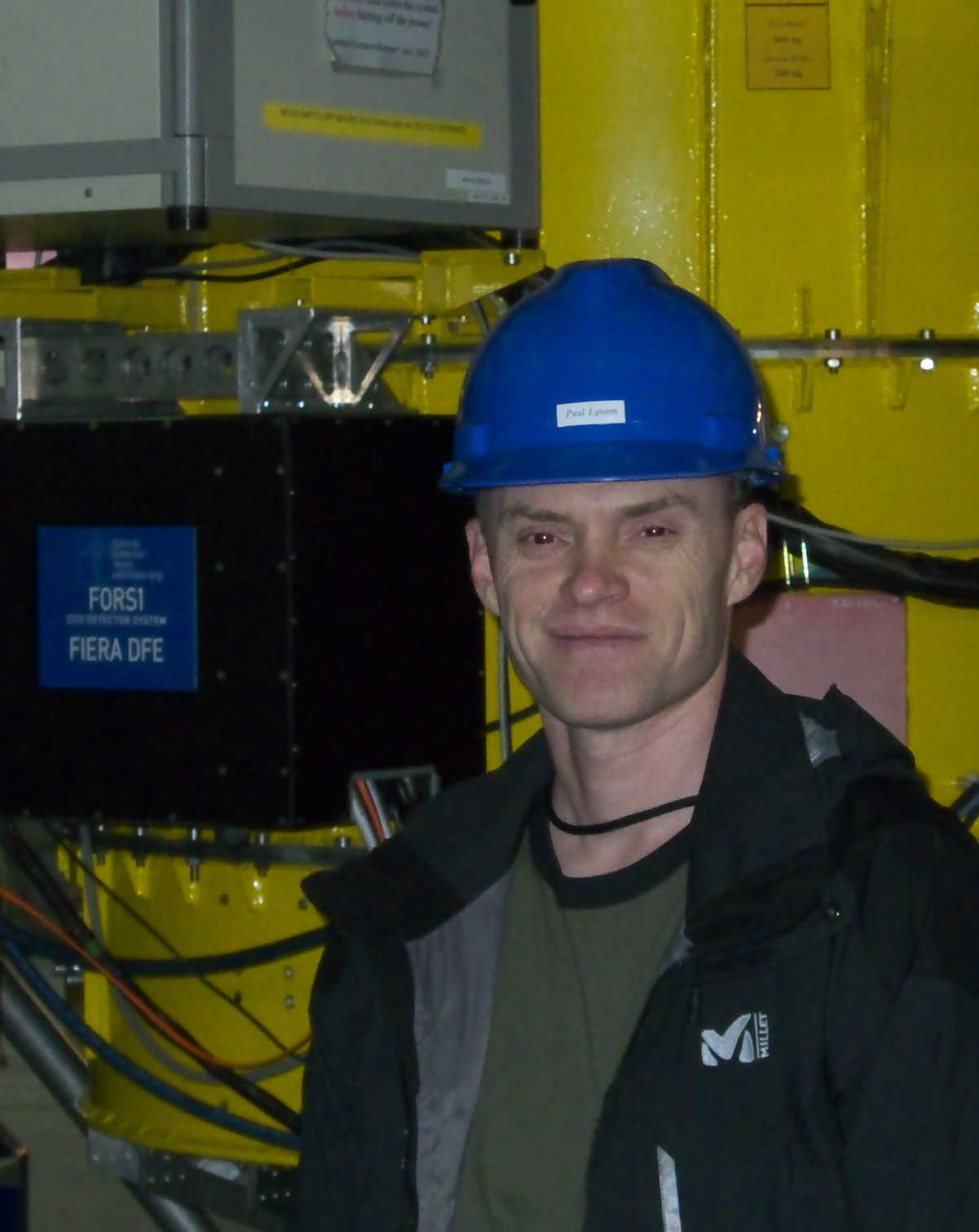
Andrei V. Berdyugin
Tuorla Observatory, University of Turku
Prof. Berdyugin received his Ph.D. from the Saint Petersburg State University in 1998, based on the thesis "Polarimetric and photometric investigation of W Ser-type interacting binaries". The main field of research in the last 30 years is the investigation of physical processes in stellar, circumstellar and interstellar environment by observation and analysis of the polarization of light. Over 50 publications in referred journals on polarization and polarimetry. Experience with application of polarimetry for studying of young stars with dusty envelopes, interacting binaries, early-type and Algol-type binaries, low and high-mass X-rays binaries, mCVs, magnetic white dwarfs, exoplanets, AGNs and interstellar dust and Galactic magnetic field. He has experience with the following instruments: TurPol, Dipol-1, Dipol-2 broadband polarimeters, as well as ALFOSC, EFOSC and FORS spectropolarimeters. Moreover, he is experienced with observations on remotely controlled telescopes and instruments such as 60cm KVA telescope at La Palma (Canary Islands), T60 and UH88 telescopes at Mauna Kea (Hawaii). From 2016 he is the PI of the international cooperative Dipol-UF polarimeter project (high-speed successor to Dipol-2).
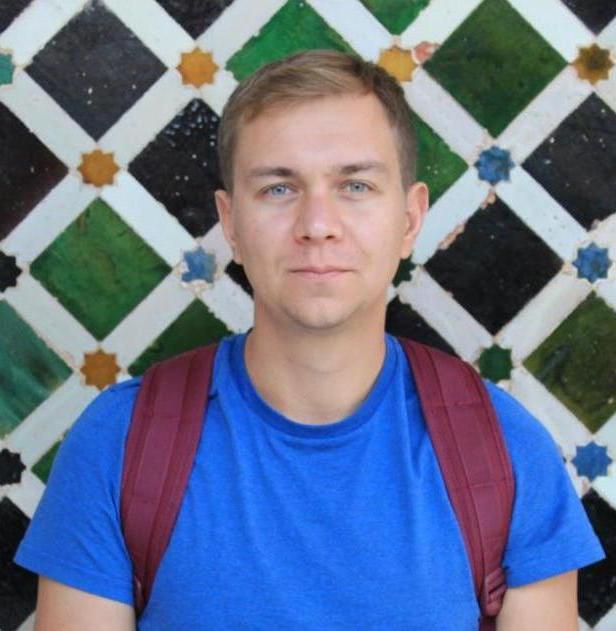
Dmitry Blinov
University of Crete, FORTH-Hellas, Heraklion
Dr. Blinov is currently a senior postdoctoral researcher at the University of Crete and the Foundation of Research and Technology – Hellas. He moved to Crete in 2013, after his Ph.D. work at the Saint Petersburg State University in Russia. In Crete, he has been a member of the RoboPol project, an international collaboration on optopolarimetric studies of active galactic nuclei. His research was mainly focused on studies of optical polarization behavior in blazars and its connection to high-energy emission of these sources. Since 2017, he has joined the PASIPHAE project, an international collaboration on the mapping of polarized foregrounds for Cosmic Microwave Background B-mode searches through a large-scale optopolarimetric survey of high Galactic latitudes.
Swetlana Hubrig
Leibniz Institute for Astrophysics Potsdam (AIP)
Dr. Hubrig studied astronomy at the Saint Petersburg State University. She worked as operations staff astronomer for the European Southern Observatory on the Very Large Telescope and in various functions in institutes in Potsdam, with the latest as head of the Stellar Physics and Stellar Activity Department at the Leibniz Institute for Astrophysics Potsdam. Dr. Hubrig specializes in high resolution spectroscopy and concentrates her research on many aspects of the magnetism in stars.
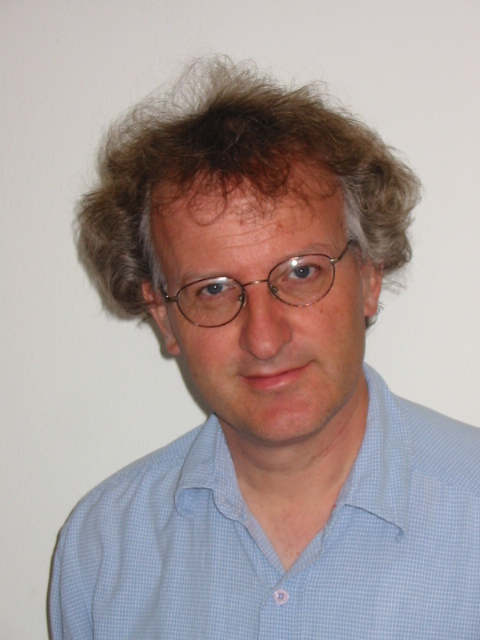
Christian Hummel
European Southern Observatory, Garching
Dr. Hummel is a staff astronomer with the European Southern Observatory since August 2003. He spent four years in Santiago, Chile, before moving to Garching, Germany, in May 2007. Before taking up his appointment at ESO, Dr. Hummel was an astronomer with the United States Naval Observatory. He joined the Optical Interferometer Project in 1991 as a research associate and conducted extensive observations using the Mark III Stellar Interferometer on Mt. Wilson (CA) and the Navy Prototype Optical Interferometer at Lowell Observatory on Anderson Mesa (AZ). His primary research interests include the determination of physical parameters of stars in multiple stellar systems through interferometric and spectroscopic observations. He also works on near- and mid-IR observations of pre-main sequence stars. He has written comprehensive data reduction and modeling software for Mark III and NPOI data, capable of combining interferometric and spectroscopic data to analyze hierarchical stellar systems. He was also involved in the reduction of wide angle astrometric data from the NPOI. Dr. Hummel obtained his Ph.D. from the University of Bonn, while working at the Max-Planck-Institut for Radioastronomy. He has considerable experience in long baseline interferometry, beginning with VLBI in the radio, which he used to study jets of quasars, and continuing with the MERLIN and VLA interferometers for further studies of extragalactic radio sources. He has used his knowledge of imaging radio interferometric data which he acquired during his work in Bonn to extract some of the first images of spectroscopic binaries from optical interferometric data, and has developed an imaging algorithm for multi-wavelength aperture synthesis observations.
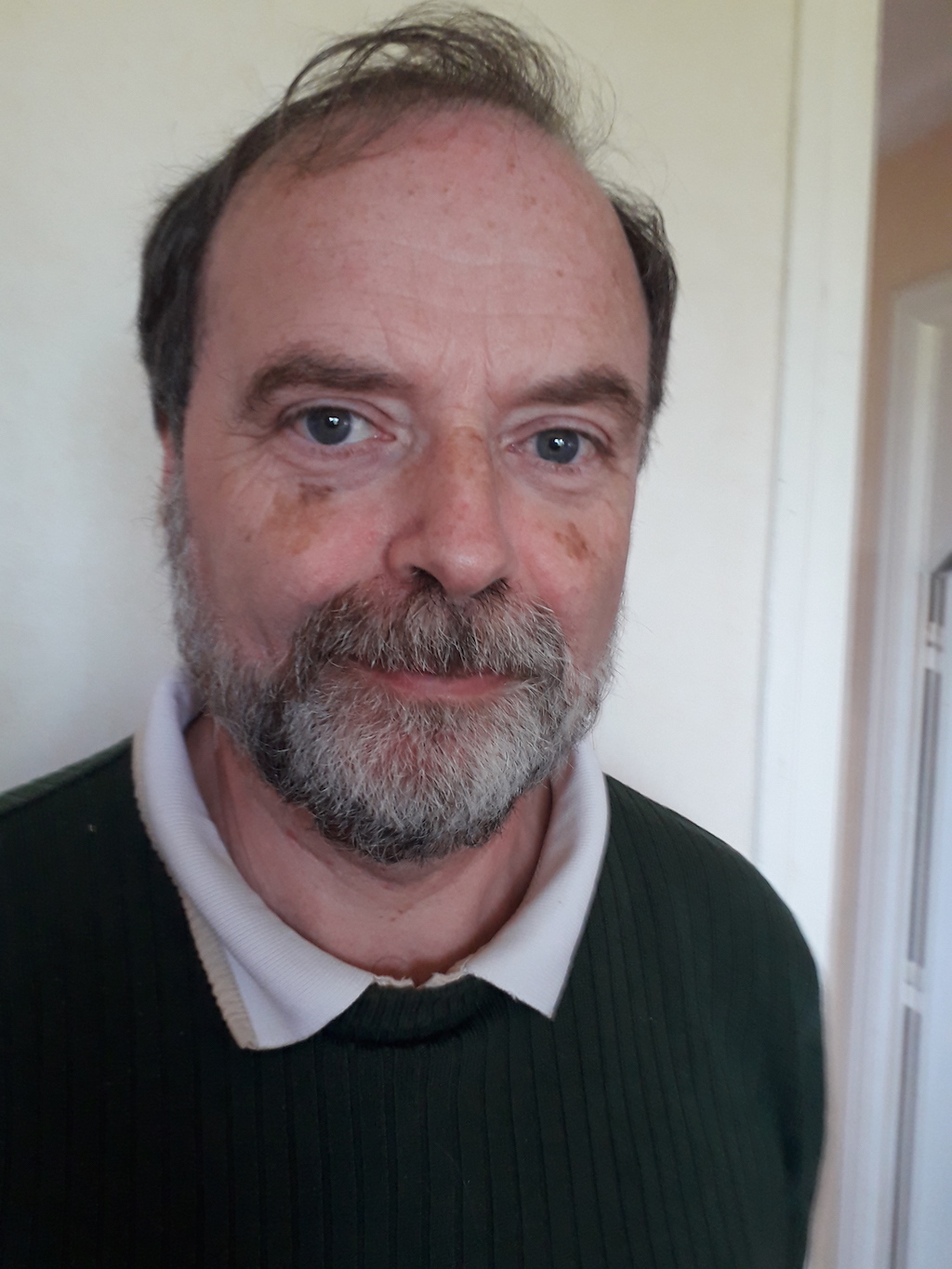
Philippe Laurent
Commissariat à l’Energie Atomique (CEA), Saclay-Paris
Dr. Laurent is working at the Astrophysical Department of Commissariat à l’Energie Atomique in France. He is specialized in High Energy Astrophysics and got his Ph.D. in 1992, studying Black Holes X-ray binaries high-energy emission using the French/Russian GRANAT satellite data. In parallel, he developed a theoretical model of radiation transfer in the environment of a black hole, by simulating photons propagation in General Relativity. He participates to the ESA/INTEGRAL gamma-ray mission construction and data analysis since 1995, being the Instrument Scientist then since 2016, the Co-PI of the IBIS telescope. He is also responsible for the IBIS/Compton mode data analysis, a special mode of the telescope that was used to measure gamma-ray polarization of several bright high-energy sources such as the Crab pulsar, Cygnus X-1, V404 Cygni or Gamma-Ray Bursts.

Mark Neeser
European Southern Observatory, Garching
Dr. Neeser studied physics and mathematics at the University of Toronto and did his PhD at the Max-Planck Institut für Astronomie in Heidelberg, with subsequent post-doctoral positions at the University of Groningen and the Max-Planck Institute for Extraterrestrial Physics (MPE). While at the MPE, he was a member of the teams that built the survey instruments OmegaCAM and VIRCAM and was the project manager for the Kilo-Degree survey (KIDS). Since 2006, Dr. Neeser is an astronomer at ESO in the data management and operations division and has supported both the operations and improvements in the scientific processing software of the VLT instruments SINFONI, HAWK-I, VIMOS, GIRAFFE, FORS, and KMOS. His scientific interests include the optical properties of high redshift radio galaxies, extra-galactic surveys, and the extended structures in edge-on galaxies. Currently, he is supporting the development and scientific software for the new VLT instrument ERIS and the ELT instrument HARMONI.

Andrew Shearer
National University of Ireland, Galway
Prof. Shearer is the PI of the Galway Astronomical Stokes Polarimeter (GASP) which is designed to determine all Stokes parameters at time resolutions from milliseconds to seconds. It has been used on a number of 4m class telescopes and will be used on the 8.2m Gemini South telescope in July 2019. In 2018, he co-chaired the EWASS Specialist Session in Multi-wavelength Polarimetry which also led to a book "Astronomical Polarisation from the Infrared to Gamma Rays" to be published by Springer in late 2019. He has also published in areas of theoretical studies of the polarisation signature of synchrotron radiation in extremely high magnetic fields. His observation work includes optical pulsars and gamma-ray/optical polarisation studies. In the past, he led the Opticon High Time Resolution Astrophysics Network.
Sloane J. Wiktorowicz
The Aerospace Corporation, California
Dr. Wiktorowicz received his Ph.D. from Caltech in 2008 under Shri Kulkarni after developing the POLISH prototype exoplanet polarimeter for the Palomar 5m telescope. He then was a postdoc at UC Berkeley with James Graham until 2011, where he developed the POLISH2 polarimeter for the Lick Observatory 3m and 1m telescopes, in addition to being a member of the Gemini Planet Imager (GPI) Instrument and Science Teams. Dr. Wiktorowicz was awarded a NASA Sagan Fellowship from 2011 to 2014 and worked at UC Santa Cruz with Greg Laughlin, where he performed extensive observations of exoplanets to search for scattered light polarization from hot Jupiters at the part-per-million level. He also led laboratory and on-sky commissioning of GPI's polarimetry mode during this time. He joined The Aerospace Corporation in 2015, where he continues exoplanet and asteroid observations with POLISH2 at both the Lick 3m and the Gemini North 8m telescopes. He is interested in a large variety of polarimetric science cases, including pulsars, X-ray binaries, circumstellar disks, and the interstellar medium, and he welcomes new science cases for POLISH2.
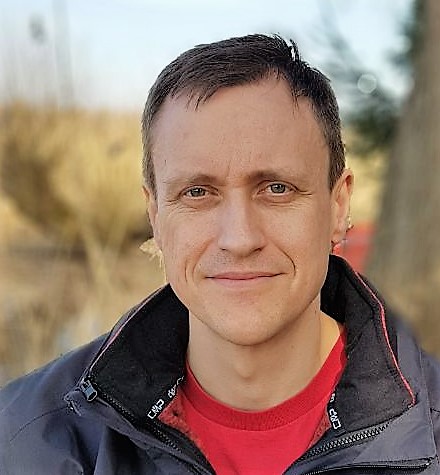
Sebastian Wolf
Institute of Theoretical Physics and Astrophysics, University of Kiel
Prof. Wolf is director at the Institute of Theoretical Physics and Astrophysics of the University of Kiel, Germany. The research of his group is focused on the evolution of circumstellar disks to planetary systems and the role of magnetic fields during the process of star and planet formation. Polarimetric observations from optical to submillimeter wavelengths represent an essential approach in their studies. Moreover, the group has two decades of experience in the development and application of polarized radiative transfer simulations, both in the case of continuum and molecular line radiation. These simulation software packages, which are made publically available (e.g., POLARIS), are of often used for the preparation and analysis of polarization observations, for scientific feasibility studies of future instrumentation, as well as for applications outside the field of astrophysics (e.g, plasma physics).